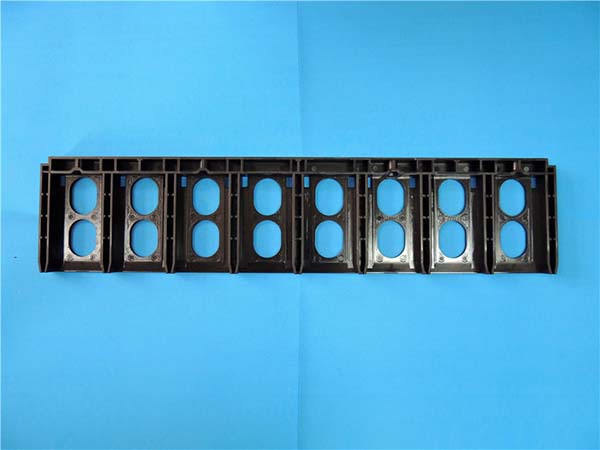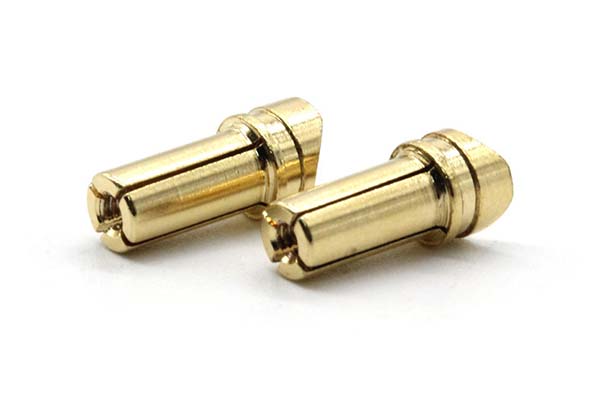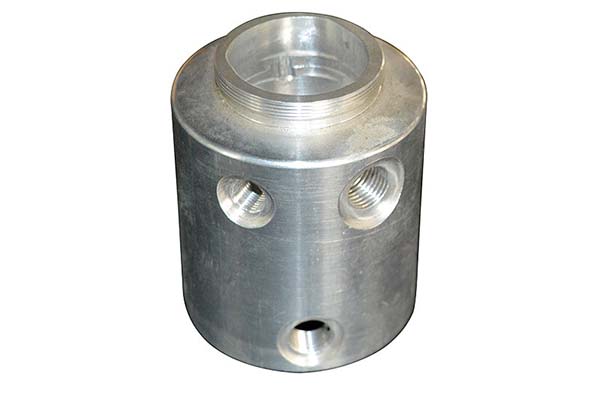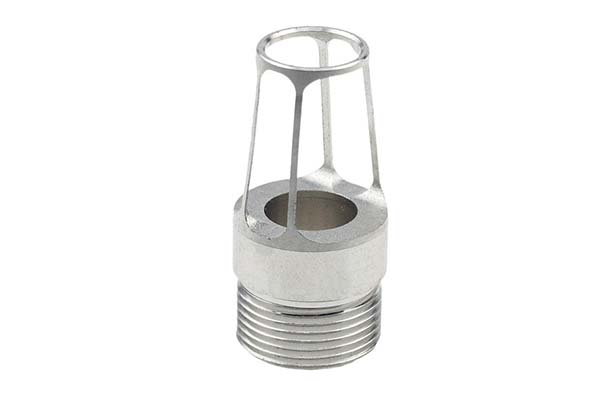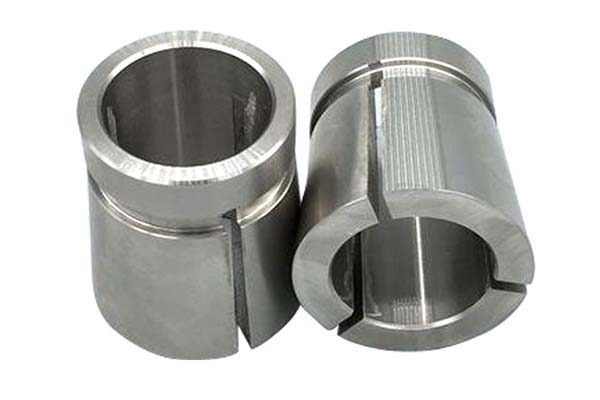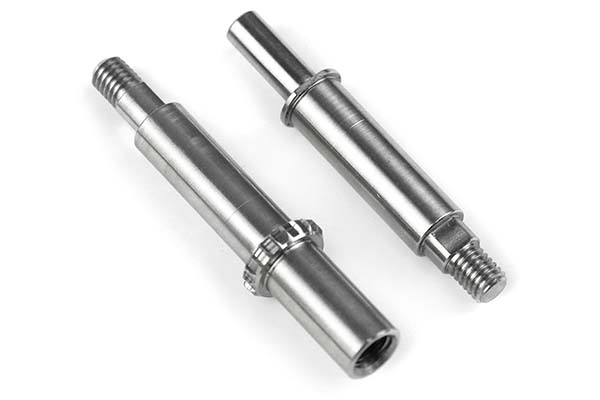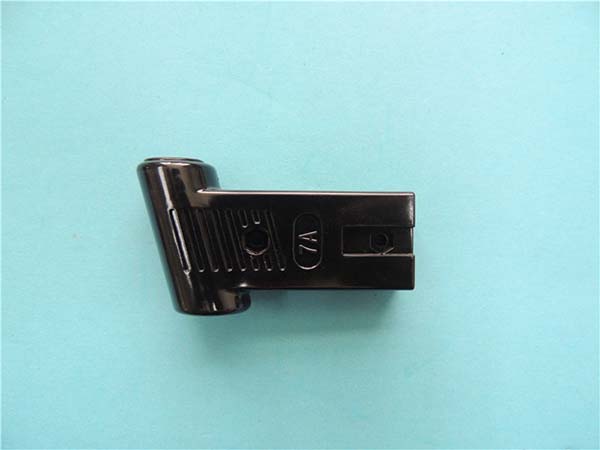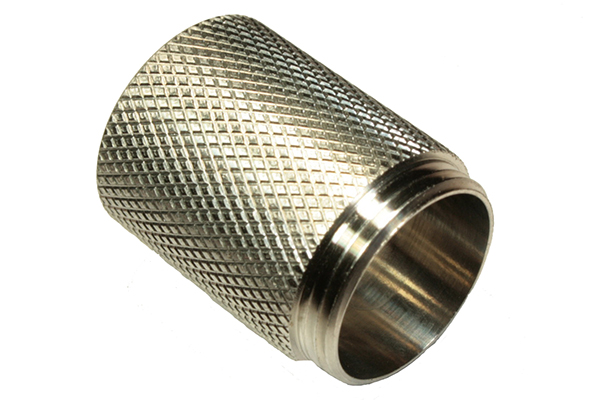What is Indirect Rapid Tooling?
Indirect rapid tooling is a manufacturing process that creates production - ready tools or molds through a series of intermediate steps. It stands in contrast to direct rapid tooling, which builds the tool or mold directly from a 3D model.
In indirect rapid tooling, the process involves multiple conversions. First, a master pattern is created, often using a rapid prototyping technique such as stereolithography (SLA), fused deposition modeling (FDM), or selective laser sintering (SLS). This master pattern serves as the basis for the subsequent steps.
For example, in the case of making a plastic injection mold. After creating the master pattern, a silicone or epoxy mold is made from it. This secondary mold is then used to cast a metal or composite insert, which is the final component of the injection mold. This multi - step process allows for greater flexibility in material selection and can often result in higher - quality molds.
One key aspect of indirect rapid tooling is the ability to use different materials at each stage. For instance, the master pattern can be made from a plastic material that is easy to work with and has good dimensional accuracy, like the resin used in SLA. The silicone mold material can capture the fine details of the master pattern, while the final metal insert provides the durability and heat resistance required for plastic injection molding.
Another important feature is the option to create electrodes for electrical discharge machining (EDM) in some cases. The master pattern can be used to make a graphite or copper electrode, which is then used in EDM to create complex cavities and features in the mold. This is especially useful when dealing with intricate geometries that are difficult to machine using traditional methods.
| Aspect | Direct Rapid Tooling | Indirect Rapid Tooling |
| Process | Builds the tool/mold directly from 3D model | Involves multiple intermediate steps (master pattern, secondary mold, final insert) |
| Material selection | Limited by the materials available for direct printing | Greater flexibility as different materials can be used at each step |
| Complexity handling | Can be challenging for very complex geometries | Can handle complex geometries well, especially with EDM electrodes |
| Time to produce | Generally faster for simple designs | Takes more time due to multiple steps |
The Process of Indirect Rapid Tooling
The process of indirect rapid tooling is a multi - step procedure that requires precision and careful material selection at each stage.
- Creation of the RP Prototype:
- The first step is to create a rapid - prototyping (RP) prototype. As mentioned before, techniques like SLA, FDM, or SLS can be used. For SLA, a vat of liquid photopolymer resin is used. A high - energy ultraviolet (UV) laser traces the cross - sectional shape of the part onto the surface of the resin, curing it layer by layer. For example, if we are creating a master pattern for a small plastic component, the SLA - produced prototype can have a dimensional accuracy of up to ±0.1 mm for the first 25 mm of build height, and then ±0.1% of the build height for larger parts.
- FDM, on the other hand, extrudes a thermoplastic filament through a heated nozzle. The nozzle moves in the X - Y plane according to the CAD model, depositing the melted material layer by layer. It is often used for creating larger prototypes, and common materials include ABS (Acrylonitrile Butadiene Styrene) and PLA (Polylactic Acid). The layer thickness in FDM can range from 0.1 mm to 0.4 mm, with a typical accuracy of ±0.2 mm.
- Making the Master Mold:
- Once the RP prototype is complete, it is used to create a master mold. If the prototype has undercuts or complex geometries, proper planning is needed to ensure the mold can be removed later. For a simple, smooth - surfaced prototype, a two - part silicone mold can be made.
- First, the prototype is coated with a release agent to prevent the silicone from sticking. Then, a mixture of silicone rubber and a curing agent is poured around the prototype. After the silicone cures (which usually takes a few hours depending on the type of silicone), the mold can be carefully separated from the prototype. The master mold now has a negative impression of the prototype.
- Producing the Soft Mold:
- From the master mold, a soft mold is made. This is often a silicone or epoxy mold. Silicone molds are popular due to their flexibility, which allows for easy removal of the cast part, even if it has complex shapes. Epoxy molds, on the other hand, are more rigid and can offer better dimensional stability for certain applications.
- To make a silicone soft mold, the master mold is again coated with a release agent. Then, liquid silicone is poured into the master mold. After curing, the soft mold is removed, and it is ready to be used for the next step.
- Final Mold Completion:
- In the final step, the soft mold is used to cast the final mold insert. For plastic injection molds, a metal alloy (such as aluminum or a zinc - based alloy) can be cast into the soft mold. The casting process involves melting the metal and pouring it into the soft mold cavity. Once the metal cools and solidifies, the soft mold is removed, and the metal insert is the final component of the injection mold.
- In some cases, for very high - precision molds, additional machining operations may be required to achieve the desired surface finish and dimensional accuracy. For example, the metal insert may be polished to a mirror - like finish if the plastic parts require a high - gloss surface.
This multi - step process ensures that the final mold has the required accuracy, durability, and surface finish for mass production, making indirect rapid tooling a valuable technique in modern manufacturing.
Application Scenarios of Indirect Rapid Tooling
Yigu Technology's View
As a non - standard plastic metal products custom Supplier, Yigu Technology highly values the application of indirect rapid tooling. This technology is particularly beneficial in the small - batch production and product R & D stages. For small - batch production, indirect rapid tooling can significantly reduce costs. Traditional tooling methods often require high - cost investment in molds for large - scale production, which is uneconomical for small - batch orders. With indirect rapid tooling, we can use more cost - effective materials in the intermediate steps and complete the production of molds in a relatively short time, reducing the overall production cost.
In the product R & D stage, the short - cycle feature of indirect rapid tooling is crucial. It allows us to quickly make molds for prototype testing. We can quickly adjust the design according to the test results and make new molds, accelerating the R & D process. Yigu Technology has rich experience in applying indirect rapid tooling. Our professional team can accurately control every step of the process, from creating the RP prototype to the final mold completion, ensuring high - quality mold production to meet the diverse needs of customers.
FAQ
What industries is indirect rapid tooling mainly applied to?
Indirect rapid tooling is applied to a wide range of industries. In the automotive industry, it is used to create molds for interior components like dashboards and exterior parts such as bumpers. This helps in rapid prototyping and small - batch production during the vehicle development phase. For example, a new car model's unique interior design can be quickly tested with molds made through indirect rapid tooling before mass production.
In the electronics industry, it is used to manufacture molds for plastic enclosures of smartphones, tablets, and other devices. This allows for fast design iterations and cost - effective production of small batches of new or updated products.
In the medical field, indirect rapid tooling is applied to create custom - made prosthetics and surgical instruments. The ability to use different materials at each stage of the process ensures that the final product meets the high - performance requirements of the medical industry, such as biocompatibility and sterilizability.
How does indirect rapid tooling compare with direct rapid tooling in terms of cost?
In terms of cost, indirect rapid tooling generally has a lower initial investment cost compared to direct rapid tooling. Direct rapid tooling often requires expensive 3D printing equipment and specialized materials that can be costly. In indirect rapid tooling, the use of more common materials in the intermediate steps, like using a simple plastic for the master pattern and silicone for the secondary mold, reduces the upfront material costs.
However, indirect rapid tooling may have higher long - term costs in some cases. The multiple steps involved mean that there is a higher chance of errors, which could lead to rework and additional costs. Also, the production time is longer, which may increase the overall cost if time - to - market is a crucial factor. But for small - batch production, the lower initial investment often makes indirect rapid tooling a more cost - effective choice.
Can indirect rapid tooling meet the high - precision requirements of products?
Yes, indirect rapid tooling can meet high - precision requirements. Advanced rapid prototyping techniques like SLA, which can achieve high - dimensional accuracy (up to ±0.1 mm for the first 25 mm of build height as mentioned before), are used in the initial master pattern creation. Additionally, during the subsequent steps, strict quality control measures are implemented. For example, when making the silicone mold from the master pattern, the quality of the silicone material and the casting process are carefully monitored to ensure that the fine details of the master pattern are accurately transferred. In the final step of casting the metal insert, machining operations such as precision grinding and polishing can be carried out to achieve the required surface finish and dimensional accuracy, making it suitable for high - precision product manufacturing.
